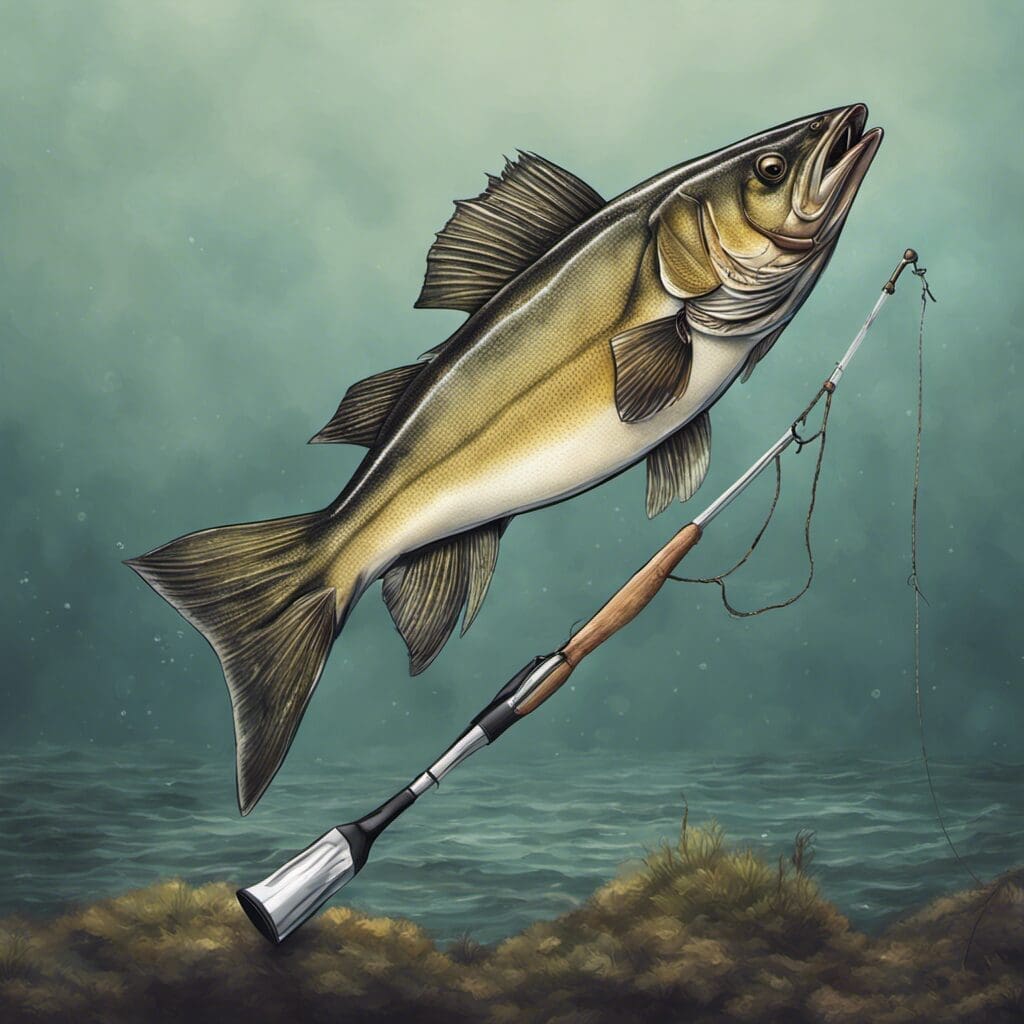Introduction
The Machete (Elops machnata), also known as the Tenpounder, is part of the Elopidae family. A rather aptly named species, this fish is recognized for its long, slender shape closely resembling its namesake tool.
Conservation Status
Not often being the subject of commercial fishery, the Machete fish holds a status of ‘Least Concern’ on the conservation scale. The main conservation effort lies in maintaining the quality of its preferred habitats.
Statistics
| Average Length | 60 cm (23.6 inches) |
| Length Range | 50 – 70 cm (19.7 - 27.6 inches) |
| Average Weight | 8 kg (17.6 lbs) |
| Average Lifespan | 7 years |
Distribution
Machete fish inhabit both the Atlantic and Pacific Oceans. They follow warm equatorial currents and possess semi-migratory patterns, dictated mostly by food abundance and reproduction cycles.
Habitats
Machete fish prefer tropical, subtropical, and temperate waters, typically within the 24-30°C range. They can be found varying from the surface down to more considerable depths.
When and Where to See
Machete fish are seen year-round in appropriate climates, but are most common during warmer months. They are most likely seen during the day while they are feeding.
Best Fishing Locations
Top locations to fish for the Machete include the Gulf of Mexico, the Bahamas, Hawaiian Islands, the Caribbean, and the coasts of Central and South America. If specific locations are not known, search for warm coastal waters, especially near river mouths or estuaries.
How to Catch
When chasing the Machete, artificial lures and flies seem to do the trick. The best time to fish for them is during the warmer months and during daylight hours when they are the most active.
Identification Guide
Machete fish are marked by their elongated body shape and silvery color. They have small, round scales and a distinctly forked tail. Comparatively, they can be differentiated from the Ladyfish by their sleeker body and more prominent tail fork.
Culinary Information
The Machete makes a favorable table fish. They are generally grilled or fried, and have a mild, slightly sweet flavor.
Additional Information
In terms of behavior, the Machete is a strong fighter when hooked. Their predators include various larger fish and birds, with pollution acting as a human-induced threat.
References and Further Reading
- FishBase
- Animal Diversity Web

